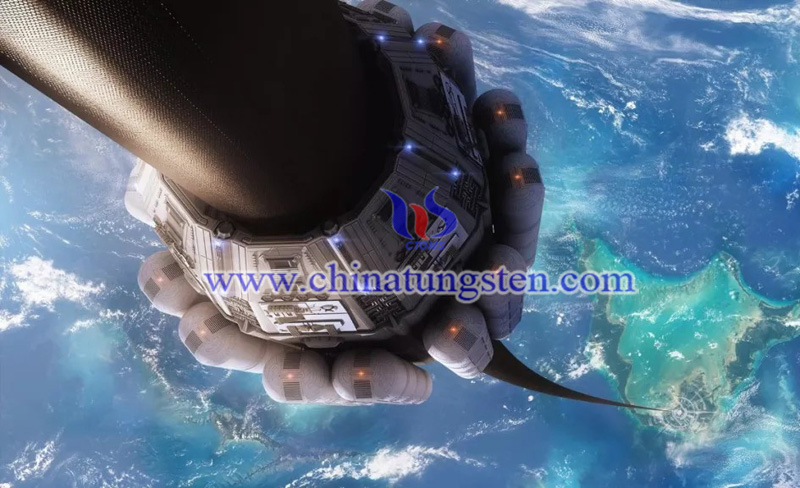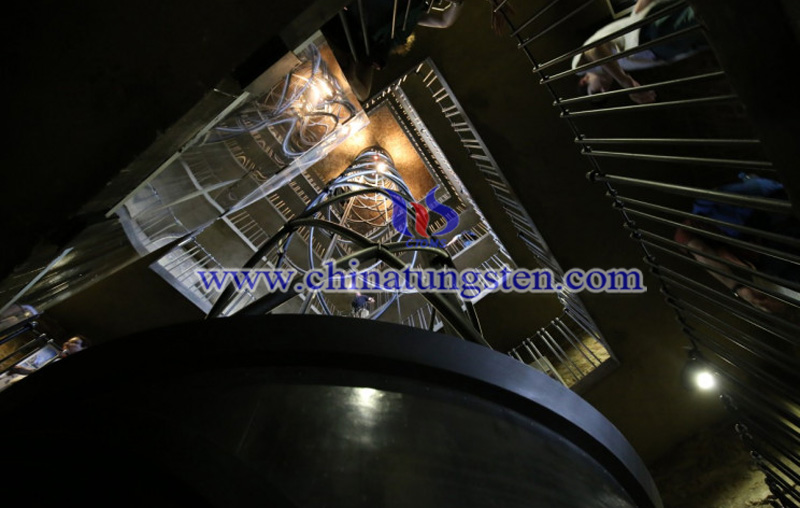To Obtain Rare Earth, Researchers Propose Space Elevator to Moon
- Details
- Category: Tungsten's News
- Published on Wednesday, 18 September 2019 14:07
For precious materials such as rare earth, researchers want to build a lunar space elevator. Since the launch of the moon landing space depends on costly rockets, landing on the moon has always been a matter of extreme burns. Now, several graduate students at Harvard and Columbia University have done a good job and found that the "spaceline" is technically and economically cost-effective. This new elevator is an orbit of up to 320,000 kilometers!
In a study published on the online research archive arXiv on August 25, the students contend that it's technologically and financially feasible to build such a "lunar space elevator", which was first publicly detailed by Jerome Pearson at a conference in 1977 and by Yuri Arsutanov in a separate paper published in 1979.

The simplest version of the "Spaceline" cable may or may not exceed 88,000 pounds. This weight does not exceed the payload range of next-generation NASA and SpaceX rockets and can be made with Kevlar or other existing materials, rather than being difficult to manufacture. Carbon-based materials are not available. In the past, people have always believed that carbon-based materials must be used to build elevators to the moon.
Why spend hundreds of millions or even billions of dollars erecting a lunar space elevator instead of relying on proven rocket technology? Penoyre and Sandford say in their paper that the former might ultimately be more economical, especially for bringing raw materials back to earth.

A paper published by the American Institute of Aeronautics and Astronautics estimated that a lunar space elevator system might pay for itself within 53 trips by transporting lunar materials to a space station.
For years, experts have been eyeing the moon as a potential source of valuable raw materials ranging from helium-3, a heavy version of the familiar gas that could find possible use in fusion reactors, to rare earth minerals like neodymium and gadolinium, which are used to make cellphones, medical scanners and other high-tech devices.
Since the late 1970s, NASA has funded occasional studies on classical space elevator concepts. But as of now, there is no SpaceX for it, even though companies in China and Japan have floated proposals for building classical elevators by 2045 and 2050, respectively. It will be a more economical way to get resources such as rare earth on the moon.
- Rare Earth Manufacturer & Supplier, Chinatungsten Online: www.chinatungsten.com
- Tungsten News & Prices of China Tungsten Industry Association: www.ctia.com.cn
- Molybdenum News & Price: news.molybdenum.com.cn
- Tel.: 86 592 5129696; Fax: 86 592 5129797; Email: sales@chinatungsten.com



 sales@chinatungsten.com
sales@chinatungsten.com